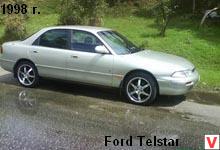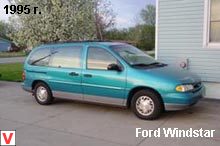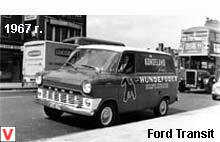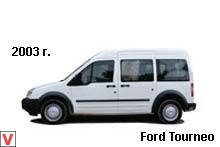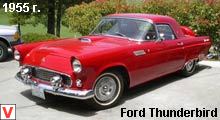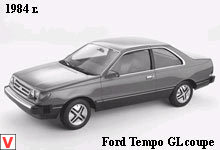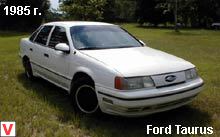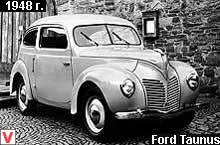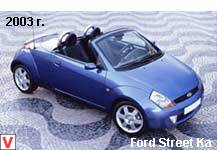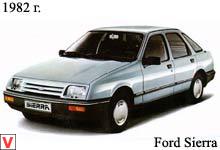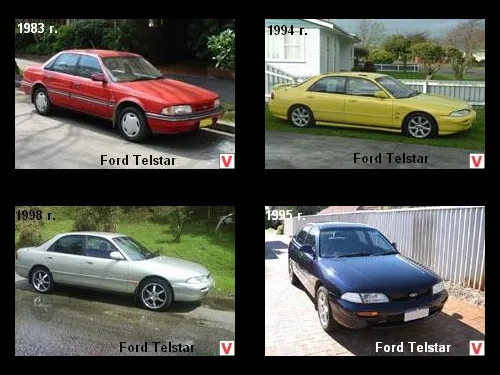
The front-wheel drive passenger car of the middle class Ford Telstar has been manufactured by Ford for the countries of Asia, Africa and Australia since May 1983. The model was based on the Mazda Capella / 626 platform. The differences between Telstar and Capella consisted only in styling, parameters of power units and interior configuration. Cars of this class were Mazda Cronos, Mazda Capella, Ford Sierra and Ford Tempo. The first generation Telstar (AR) has replaced the Ford Cortina model. The car was produced mainly with a 5-seater bodywork 4-door sedan and 5-door hatchback, but for the markets of Japan and New Zealand were made and 5-door station wagons.
Telstar AR was equipped with a single 2-liter carburetor engine with 94 hp capacity, which was paired with a 5-speed manual transmission or a 3-speed automatic transmission; also the model was equipped with an automatically adjustable suspension, as on the Mazda 626. The Telstar TX5 hatchback of 1990 had body dimensions of 4535/1690/1375 mm with a wheelbase of 2575 mm and a track gauge of 1455/1465 mm. The curb weight was 1190 kg, the maximum - 1465 kg.
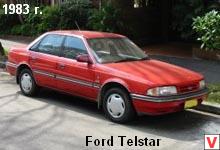
The minimum ground clearance was 165 mm. The 1.8 liter engine developed 115 hp. (6000 rpm), and also had a gas mileage in the urban cycle of 11.1 liters per 100 kilometers and 5.3 liters on the highway. The car was completed with a 4-speed automatic transmission. The standard tire size was 185 / 70R14 87S. The body of the station wagon Telstar 1994 model year had dimensions of 4600/1690/1465 mm with a wheelbase of 2575 mm and a track 1455/1465 mm. Curb weight was 1310 kg, full - 1695 kg, and the minimum clearance - 170 mm.
The number of seats reached seven due to the additional row of seats. The basic 1.8-liter engine had a power of 115 hp. and fuel consumption of 5.3 liters and 10 liters per 100 km - on the highway and in the urban cycle, respectively. The car was equipped with front-wheel drive and a 4-speed "automatic". The standard tire size was 185 / 65R15 87H.
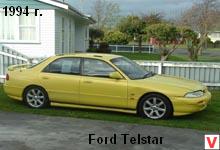
In Australia, the Telstar TX5 hatchback was produced in parallel with the Ford Corsair model, which was a revamped version of the Nissan Pintara. In the year of its debut, Telstar was recognized by Wheels magazine as the car of the year. At the end of 1985, the model underwent a facelift and received an AS index, and in 1987 it began to be equipped with injection engines (AT series). The second time the title of Car of the Year by the same magazine Wheels was awarded to Telstar in 1992, this time the version of the Academy of Arts.
In New Zealand, the plant in Auckland assembled sedans and hatchbacks, structurally similar to the European version of the Mazda 626. They used Mazda 4-cylinder petrol engines of 1.6 and 2 liters. In 1992, the engine line was updated: in addition to in-line 1.8- and 2-liter power plants, the V6 2.5-liter appeared. The production of a Telstar in a station wagon was launched. The plant for the assembly of these models in New Zealand was closed in 1997, but to this day these machines are quite popular in this country. In Japan, the Telstar release began even a little earlier than in other countries - in 1982, on the Mazda GC platform, in 1987 an updated version appeared on the GD platform.
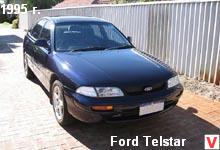
In 1990, began production of a universal; a year later, the sedan received a new GE platform and an index in the title “II”. The latest version of Telstar on the GF platform was released in 1997, but was only sold in the domestic Japanese market. In South Africa, Telstar replaced the Ford Sierra in 1993. Its production was carried out along with the release of the Mazda 626 and was completed in 1998. In Taiwan, Telstar was assembled under the name Ford Lio Ho in a joint venture with Ford; until the beginning of the 2000s, the model was also produced in Malaysia. It was officially sold in Hong Kong, Singapore, Indonesia, Cyprus, and the Philippines.
Other images auto Ford Telstar
